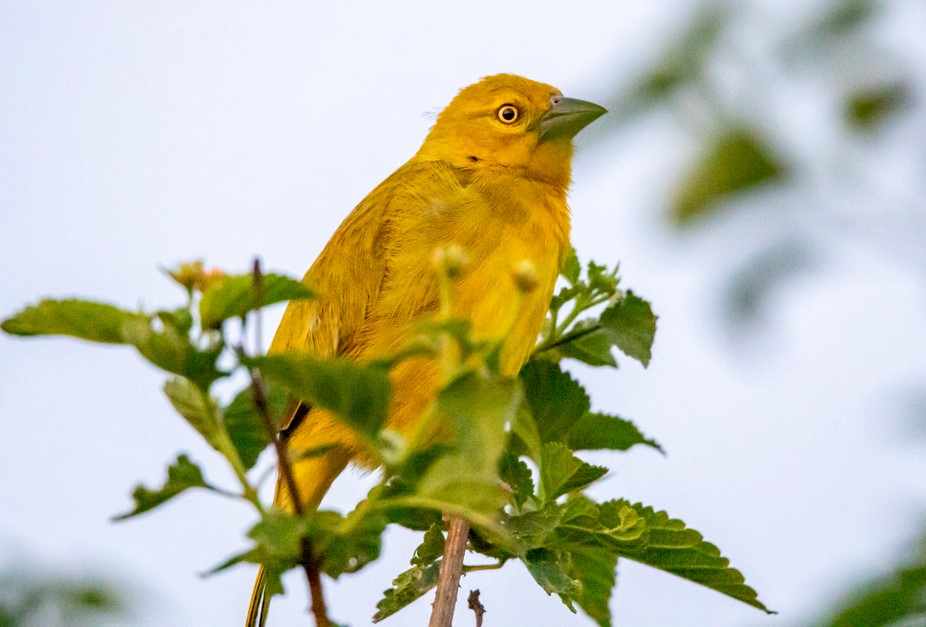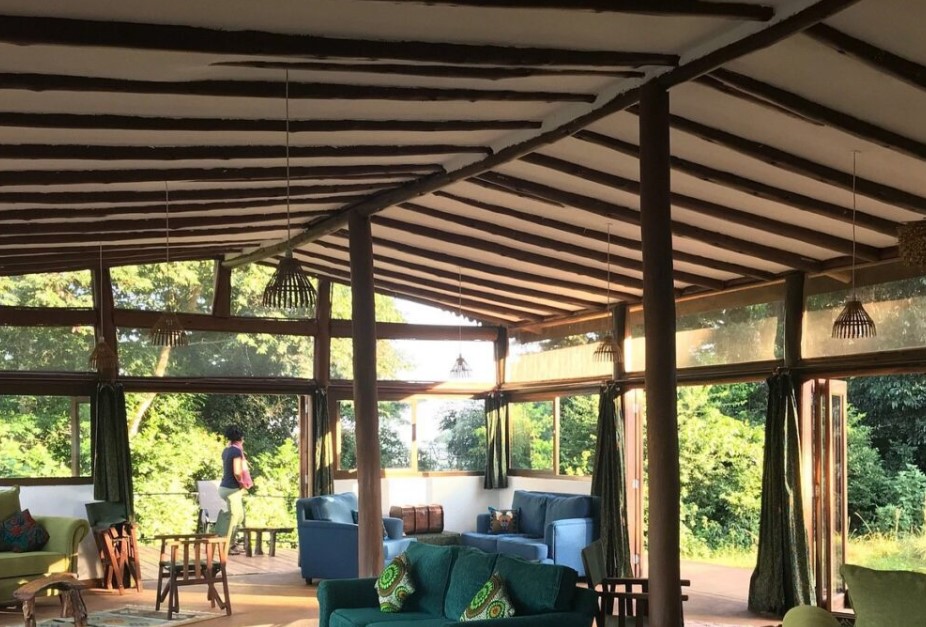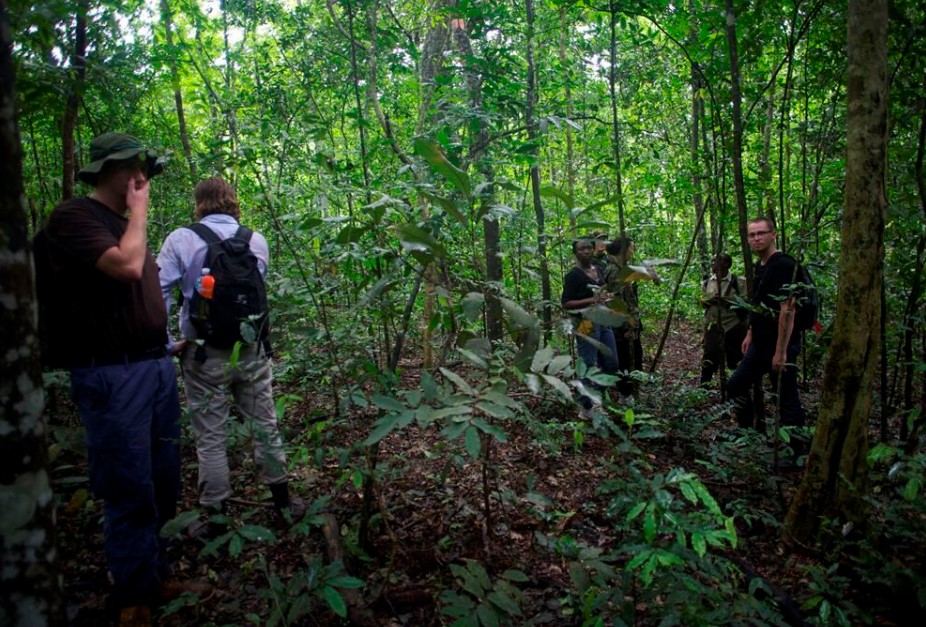
The Batwa People of Bwindi Forest
The captivating Batwa people of the Bwindi Impenetrable Forest National Park are also referred to as the forest’s custodians, having lived there for countless years. Before the government forced them out when time came to gazette the park, the hunter-gatherers “Batwa pygmies” coexisted with the wildlife in the dense forest of Bwindi. After being forced to leave their home in 1991, the Batwa pygmies chose to relocate to the park’s boundaries, where they gradually began to adopt the same lifestyles as other Bantu tribes. The Batwa people, the original inhabitants of Bwindi Forest, are regarded as its custodians. Traditionally, they hunted small animals and gathered honey and fruits, living in caves and thatched huts. In 1992, the Batwa were displaced to establish a national park aimed at protecting endangered wildlife, particularly mountain gorillas. As a result of ongoing awareness efforts, many Batwa communities have been relocated to the edges of the park.
Upon their agreement to leave Bwindi Impenetrable Forest, the Batwa pygmies were allocated land for crop cultivation to replace the small animals they previously hunted. Currently, Bwindi Impenetrable Forest National Park is home to over 600 mountain gorillas, along with 10 primate species, 350 birds, and 120 mammals. The Batwa now live outside the national park and in nearby villages.
A visit to Batwa
The Batwa people created the Batwa cultural experience to educate visitors about their customs and history in the Bwindi Forest. Primarily attracting those trekking mountain gorillas, the experience offers insights into their way of life. Visitors can choose to spend a morning or afternoon exploring Batwa homesteads during their gorilla safari. The journey to these settlements involves a 3 to 4-hour trek through the forest, starting at the Batwa craft shop in Buhoma. Thoughtfully constructed pathways make the trip more accessible
Travelers with large bags, especially those visiting filming locations, can hire local porters at affordable rates to help carry their luggage. These porters, often seeking work to support their families and education, provide valuable assistance. Additionally, a local guide from the Batwa community, knowledgeable about the tribe’s customs, leads the Batwa cultural experience.
The experience begins with a guided nature walk in the jungle led by Batwa guides, who share insights about the environment and their traditional survival methods. Participants will learn about harvesting fruits, gathering honey, and hunting small animals with bows and arrows. The walk also includes a glimpse of plants utilized by local healers for treating various ailments.
In the Batwa village, traditional dancers will welcome and entertain you with dances and plays. You can observe the daily lives of villagers engaged in activities such as men digging, women cooking, and children fetching water. There are opportunities to participate in food preparation and taste local cuisine. You’ll also meet traditional healers demonstrating the medicinal use of plants, visit gift shops showcasing local crafts, and hear stories from older residents about the past.
How much does it cost to see the Batwa pygmies
You do not need to pay park entrance fees to participate in the Batwa cultural experience, as the activity occurs outside the park. The cost is $40 for foreign non-residents and UGX 50,000 for East African citizens. Funds collected from tourism helps in support of the Batwa community and their development projects. Additionally, they provide clothing and school supplies to those in need.
What to carry for the Batwa cultural experience
Bwindi being a tropical rain forest, it is subjected to rains at any time of the day, so travellers planning to see the Batwa pygmies during a gorilla safari should plan in advance to come with equipment such as rain jackets, drinking water, waterproof hiking shoes, long sleeves shirts and pair of pants, long cotton stockings to navigate the challenging terrain, insect repellents, energy-giving snacks, a camera, binoculars and extra batteries.
Best time to Visit Bwindi for the Batwa Cultural Encounters
Gorilla trekking in Bwindi Impenetrable Forest National Park is the primary source of attraction; however, you can combine the trekking activities and Batwa cultural encounters. Therefore, the best time to visit Bwindi for the Batwa experience is during the dry months of June through September and December through February due to passable roads, sparse vegetation, and minimal rainfall.
The wet seasons of March through May and October through November offer significant savings on lodging, but excessive rainfall can cause muddy trekking trails, dense vegetation, and difficulty in observing park animals. Despite these challenges, the park offers a unique experience for visitors, with the roads leading to the park in good shape and the park’s sparse vegetation providing clear views of the mountain gorillas as well as access to the Batwa communities.







